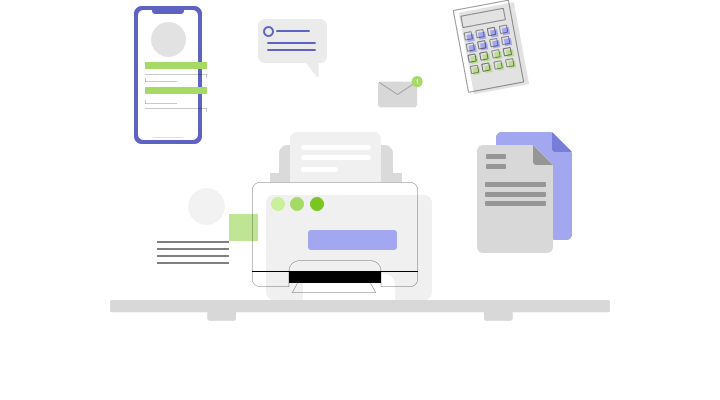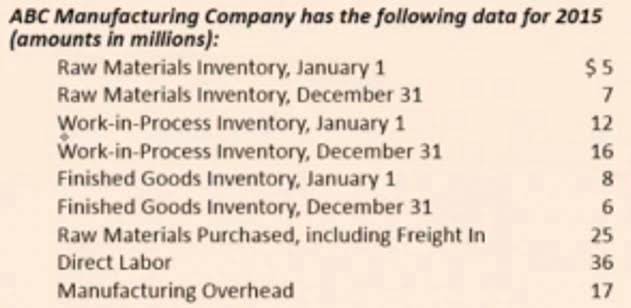
To make your goods, you have to buy fabric, thread, a sewing machine, scissors, pins, patterns, and a host of other materials. In this case, one of the intended consequences will be an improvement in your company’s bottom line. If your accountants and workforce are exhausted, they can make errors in their work, including what goes into your P&L statement. For example, you can use an expense-tracking app like Clockify to track costs for project fixed fees by categories, like sum or unit. After inserting expenses, Clockify generates a fitting invoice that reflects all the expenses by category.
Aside from following regulations, however, profit and loss statements give you the opportunity to review your net income, which is essential for making sound business decisions. Fundera’s profit and loss statement template (shown above) can help you create a P&L statement in what does a profit and loss statement for a company show Microsoft Excel or Google Sheets. Microsoft Office, QuickBooks, and other sites also have Excel templates you can use as well. Before you can create and analyze your own profit and loss statement, it’s important to understand what’s included in this report and how it works.
Gross profit
Businesses routinely prepare a profit and loss statement each month, quarter, or year. As a standard, many organizations prepare the statement monthly to line up with bank cycles. Revenues and expenses for nonprofit organizations are generally tracked in a financial report called the statement of activities. As such, this report is sometimes called a statement of financial activities or a statement of support. A hairstylist would have operating expenses like cosmetic supplies, insurance, and marketing.

List each revenue source as its own line on your profit and loss statement. Then, once you’ve listed each source, total the amount to find your gross revenue. But depending on the business, revenue could also include things like rent money, tax returns, or licensing agreements. The U.S. Small Business Association also offers a simple income statement template you can easily download, print, and fill out. To make sure you have control over your business finances, maintain and review your P&L.
Compare the year’s best accounting software
The preparation of the P&L and any other financial statement is fairly straightforward. And if the business has an accounting system, it can track revenues, expenses, assets, and other key numbers as they occur and generate these reports at the touch of a button. No, a profit and loss statement isn’t the same as a cash flow statement.

Last month you sold $1,000 worth of candles and used $400 worth of materials to make candles. Your P&L statement would show these profits and losses, and that your net income for the month is $600. To help you create a profit and loss statement, we’ve filled out a free small business profit and loss statement as an example.
Single-step method
Publicly traded companies are required to prepare P&L statements and must file their financial statements with the U.S. Securities and Exchange Commission (SEC) so that they can be scrutinized by investors, analysts, and regulators. Companies must comply with a set of rules and guidelines known as generally accepted accounting principles (GAAP) when they prepare these statements.
These items include the cost of goods sold, such as materials and labor; operating expenses; tax expenses; and interest expenses. Together, alongside the cash flow statement (CFS) and balance sheet (B/S), the P&L statement provides a detailed depiction of the financial state of a company. A balance sheet, on the other hand, shows your business’s assets and liabilities at a specific point in time rather than over a period. That includes what your business owns, the amount it owes together with the amount that is invested by its shareholders.
